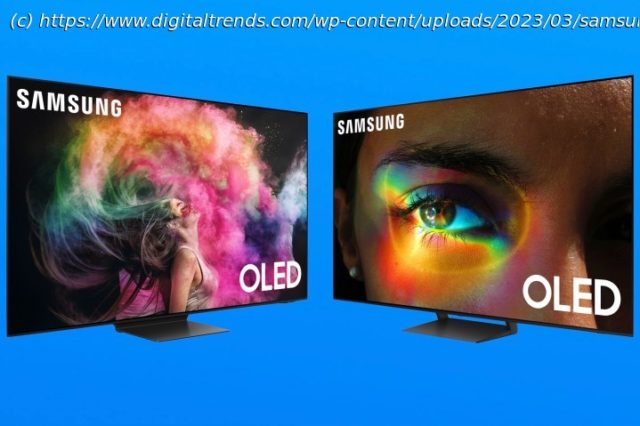TV model numbers are confusing enough, but what Samsung is doing with its OLED TVs is downright misleading.
After years of dissing LG’s OLED TVs, Samsung is now 100% on team OLED. Not only did the company create its own OLED technology called QD-OLED, it also struck a deal with LG Display to buy the same WOLED panels that Sony and LG use to build some of their OLED TVs. That’s an extraordinary turnaround.
But as satisfying as it is to see the world’s largest TV manufacturer finally acknowledge the benefits of OLED TV tech, we’re also seriously perplexed by Samsung’s confusing approach to selling its OLED TVs.
Before we get into the details, let’s take a look at quick look at the state of OLED TV display technology. If you’re already familiar with the differences between WOLED, QD-OLED, and MLA, feel free to skip down to The Samsung S90C dilemma.WOLED, QD-OLED, and MLA
The OLED world is a little more nuanced today than it was five years ago, and not all OLED TVs are created equal.
WOLED, or white OLED, is the OG of OLED TV tech. Until recently, all OLED TVs were WOLED TVs. LG Display has been at the forefront of this OLED panel type for years and remains one of the only companies that make them. WOLED uses two types of OLED material to create white light, which is then separated into red, green, and blue subpixels with a color filter. A fourth white subpixel is used to enhance brightness — this is where the W in WOLED comes from.
Then came QD-OLED — quantum dot OLED — which was first commercialized by Samsung Display. A QD-OLED panel uses just blue OLED material for each pixel and then converts a third of that pixel into red and a third into green using two types of quantum dots, resulting in a true RGB pixel that needs no further color filtering.
QD-OLED’s claim to fame is that it provides more accurate colors at higher brightness levels because it doesn’t rely on WOLED’s white subpixel, nor does it use brightness-sapping color filters.
Does that claim pass the smell test? Absolutely.
Home
United States
USA — software TV models numbers are confusing enough, and Samsung’s making it worse






